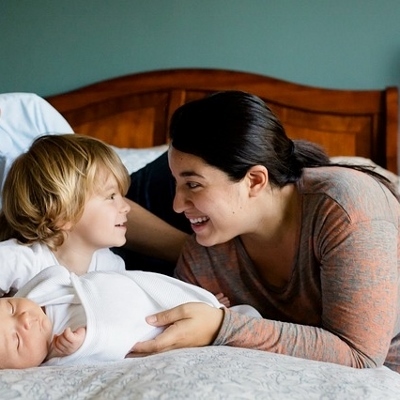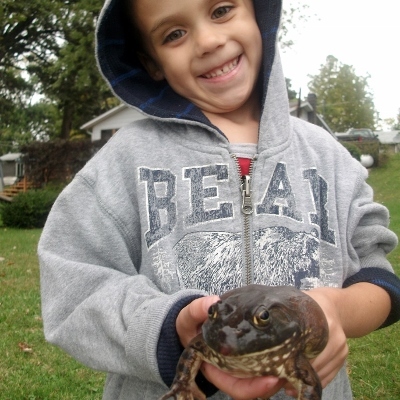 Try something different during your next reading session. Why not try storytelling and get your preschoolers into this creative form of language arts? It is fun to convey stories with a unique twist of words and movements. Here are a few ideas to get you started.
Try something different during your next reading session. Why not try storytelling and get your preschoolers into this creative form of language arts? It is fun to convey stories with a unique twist of words and movements. Here are a few ideas to get you started.
Time to put the books away. When you keep the storybooks on the shelf and use storytelling skills, you can maintain eye contact with your listeners, use non-verbal skills and your body to tell the story. I’m not saying to memorize the story, but use your own words based on images in your head. For example, if you have read Goodnight Moon numerous times, this may be a good book to put aside and tell the story in your own way.
Involve your kids in the telling. Get your children involved in the book by asking questions. Let them help you tell the story. Great questions to ask are, “And then what did he say?” or “What do you think happened next?” Don’t forget to use bedtime as the perfect scene for storytelling. It’s a nice diversion from just reading. Let the kids put themselves into the story as the characters or create one from their own imaginations.
Tell and retell family stories. The use of family stories is the best vehicle for connecting with history, storytelling, and each other. Excite the kids with your family heritage, where they are learning invaluable lessons about the past, the continuity of generations and themselves. This is also a wonderful way for grandparents to connect with your kids.
Play storytelling games. Think of a story they know well, like Little Red Riding Hood. As you retell stories, think of new ways to get the story across to the kids. Try telling the story from the point of the grandmother or the wolf. Or, suggest they come up with an alternate ending. Storytelling also partners well with music, dance, and drama. Movement and improvisation is a fun addition to storytelling.
Create story chains. This is an excellent activity during long car rides or other times when you have to wait. One person begins the story and then it continues with each person contributing a sentence or more. Keep the story going as long as you can or challenge the kids to end it within a set time limit.
Rediscover folktales. These stories have existed for thousands of years and are from all over the world. Collections of these stories are invaluable for learning about different cultures or one’s own. They also contain life lessons about honor, family, community and peace, among other subjects.
I hope this introduction to the benefits of storytelling will give you a new appreciation for something we often tend to take for granted. As a child, my family was very much into storytelling and I in turn passed this on to my kids. Give your preschoolers (and older children) the gift of a story and they will appreciate it for the rest of their lives.










